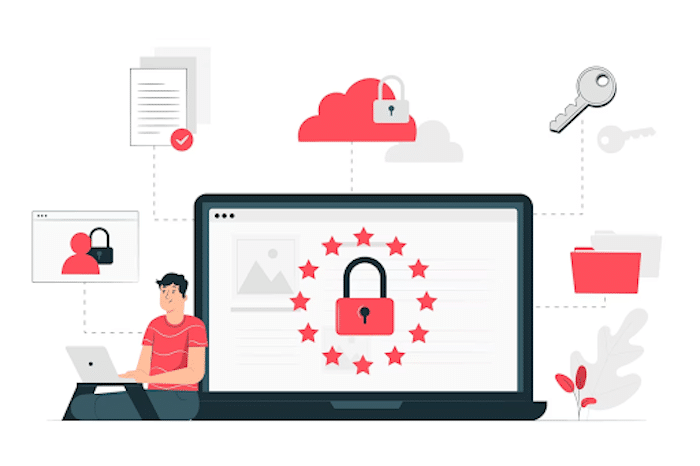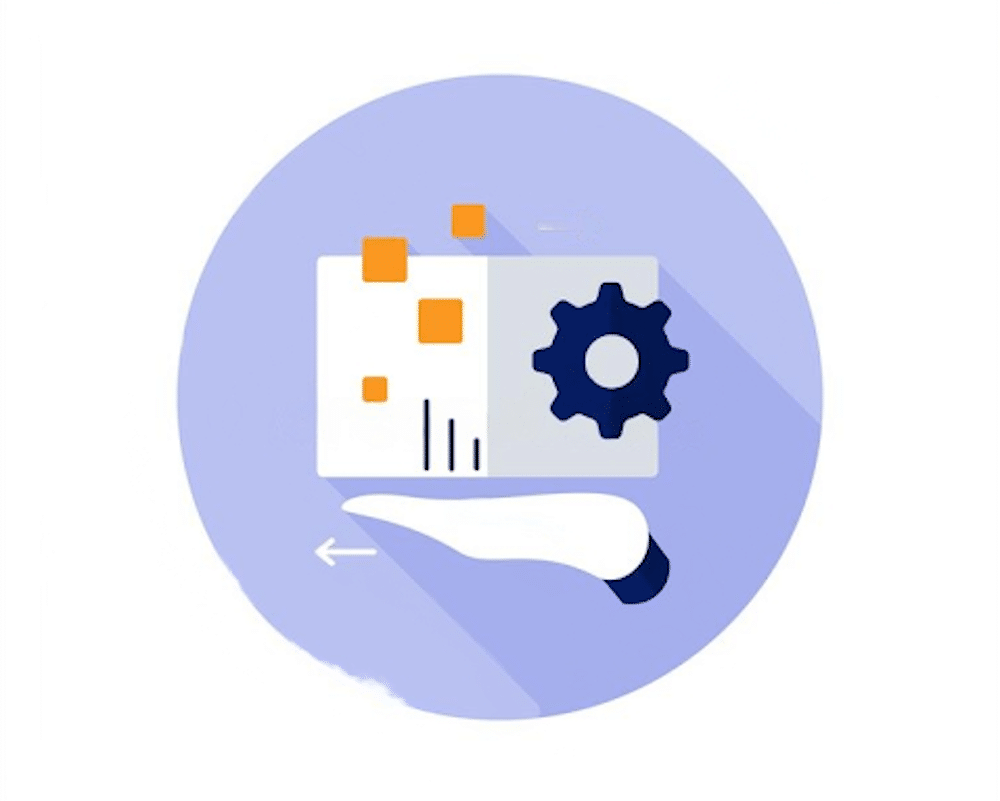Table of Contents
In the digital age, businesses increasingly rely on digital assets such as images, videos, documents, and more. The management of these digital assets is known as digital asset management (DAM). A key aspect of DAM is ensuring the safety and security of these digital assets. This is where backup and disaster recovery (DR) come into play.
In this article, we will discuss the importance of backup and disaster recovery in digital asset management software, factors to consider for backup and disaster recovery, and best practices for implementation.
Understanding Backup and Disaster Recovery
Before diving into the importance of backup and disaster recovery in digital asset management, it is important to understand what these terms mean. Backup is the process of creating a duplicate copy of your digital assets to be used in case the original copy is lost, damaged, or destroyed. Disaster recovery, on the other hand, is the process of restoring the digital assets after a catastrophic event that caused their loss or damage. While backup and disaster recovery may seem similar, they are different and complementary processes.
Backup can be performed using different methods such as full backup, incremental backup, and differential backup. Full backup involves creating a complete copy of all digital assets, while incremental backup only copies the changes made to the digital assets since the last backup. Differential backup copies the changes made since the last full backup. These backup methods help to ensure that digital assets are protected in case of data loss or corruption.
Disaster recovery, on the other hand, involves restoring digital assets to their original state after a catastrophic event such as natural disasters, cyber-attacks, or hardware failure. Disaster recovery is essential to ensure business continuity and minimize downtime.
Importance of Backup and Disaster Recovery in Digital Asset Management
Backup and disaster recovery are critical components of digital asset management. Here are some reasons why:
Protection of Digital Assets
Digital assets are valuable assets that are crucial to the success of a business. Loss of digital assets due to cyber-attacks, natural disasters, or hardware failure can have severe consequences. A comprehensive backup and disaster recovery strategy can ensure the protection of digital assets and minimize the risk of data loss.
Reducing Downtime
In the event of data loss or corruption, restoring digital assets can take time. This can lead to downtime, which can negatively impact business operations and revenue. A robust backup and disaster recovery strategy can help reduce downtime and ensure business continuity.
Continuity of Business Operations
Backup and disaster recovery can ensure the continuity of business operations in case of unexpected events. This is especially important in industries where digital assets play a critical role in business operations such as media, marketing, and e-commerce.
Minimizing Data Loss
Data loss can occur due to a variety of reasons such as cyber-attacks, hardware failure, and human error. Backup and disaster recovery can help minimize the risk of data loss by ensuring that digital assets are always available and up-to-date.
Factors to Consider for Backup and Disaster Recovery in Digital Asset Management
When implementing backup and disaster recovery in digital asset management, it is essential to consider the following factors:

Frequency of Backup and Disaster Recovery
The frequency of backup and disaster recovery should be based on the criticality of the digital assets and the frequency of changes. For instance, digital assets that are critical to business operations should be backed up daily, while less critical assets can be backed up weekly or monthly.
Method of Backup and Disaster Recovery
The method of backup and disaster recovery should be chosen based on the criticality of digital assets, the size of the digital assets, and the available resources. Businesses can choose between local backup, cloud backup, or a combination of both.
Testing and Verification of Backup and Disaster Recovery
It is essential to test and verify backup and disaster recovery to ensure that digital assets can be recovered quickly and efficiently in case of data loss. Regular testing and verification of the backup and disaster recovery strategy can help identify potential issues and improve the recovery process. Businesses should conduct testing and verification regularly, at least once every quarter, to ensure the strategy is effective.
Best Practices for Backup and Disaster Recovery in Digital Asset Management
Implementing backup and disaster recovery in digital asset management is a critical task. Here are some best practices to consider:
Have a Backup and Disaster Recovery Plan in Place
A backup and disaster recovery plan is essential to ensure that digital assets are protected and can be restored quickly in case of data loss. The plan should include information on the backup frequency, backup methods, disaster recovery procedures, and testing and verification processes.
Choose the Right Backup and Disaster Recovery Method
There are different backup and disaster recovery methods available, such as local backup, cloud backup, and hybrid backup. Businesses should choose the right method based on their needs and resources.
Store Backups in Multiple Locations
Storing backups in multiple locations can help ensure that digital assets are protected from natural disasters, cyber-attacks, or other unexpected events. Businesses can choose to store backups in a combination of local and cloud storage.
Conduct Regular Testing and Verification
Regular testing and verification of the backup and disaster recovery strategy can help identify potential issues and improve the recovery process. Businesses should conduct testing and verification at least once every quarter.
Document and Review the Backup and Disaster Recovery Plan
Documenting the backup and disaster recovery plan and reviewing it regularly can help ensure that the plan is up-to-date and effective. Businesses should also ensure that all employees are aware of the plan and their roles and responsibilities in case of data loss.
In Conclusion
Backup and disaster recovery are critical components of digital asset management. Digital assets are valuable assets that are crucial to the success of a business. A comprehensive backup and disaster recovery strategy can ensure the protection of digital assets and minimize the risk of data loss. It is essential to consider factors such as the frequency of backup and disaster recovery, the method of backup and disaster recovery, and testing and verification when implementing backup and disaster recovery in digital asset management. By following best practices, and also using design collaboration software, businesses can ensure that their digital assets are protected and creative, and business operations continue seamlessly in case of data loss.


